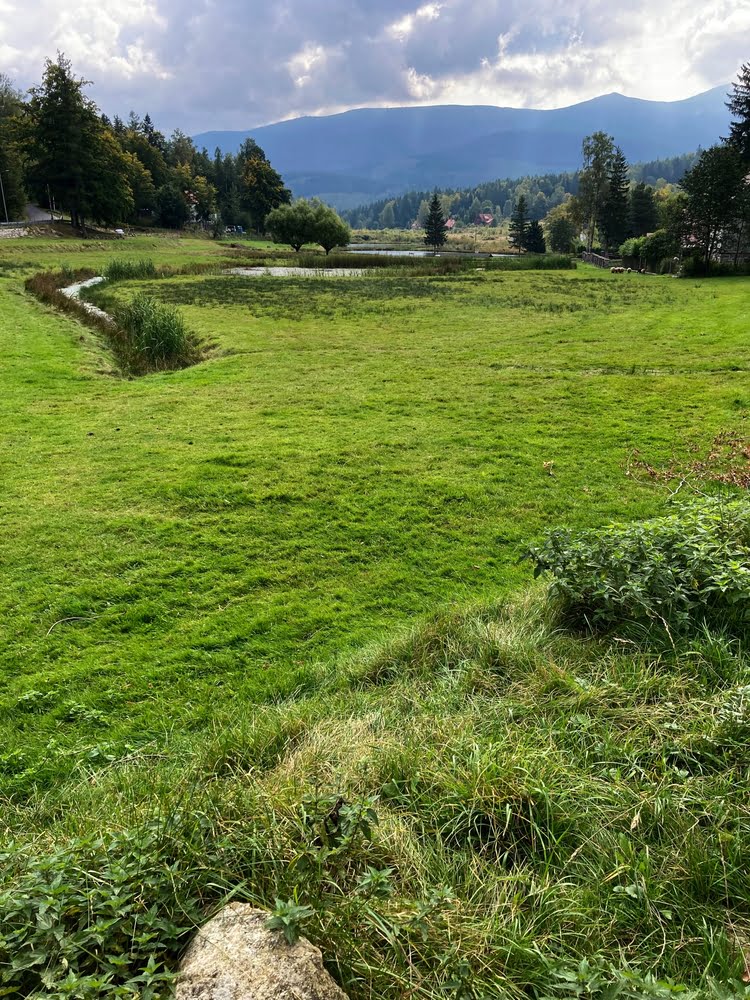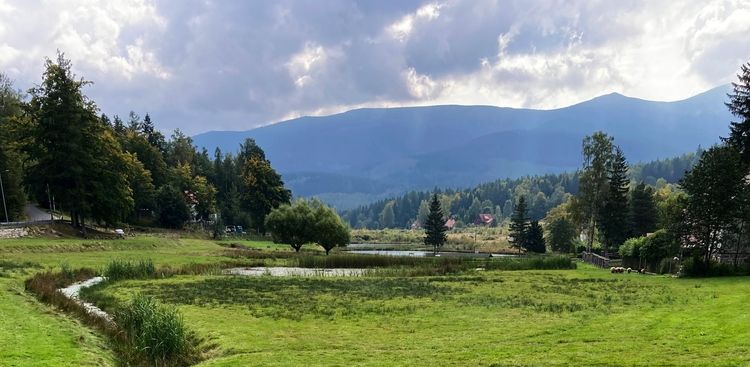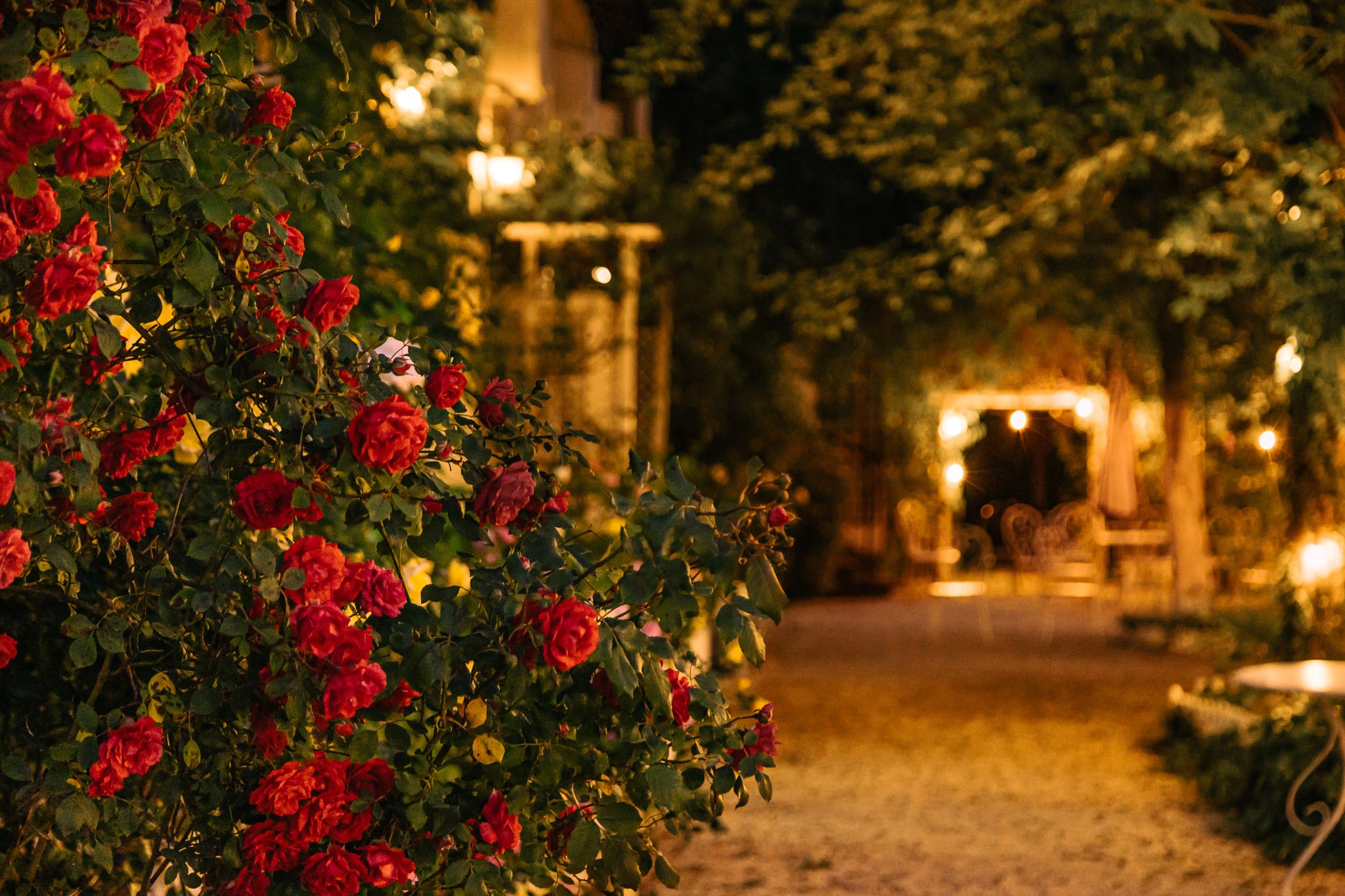Śmielec is one of the peaks of the main ridge of the Karkonosze Mountains, the peak of which reaches 1,424 m above sea level. It is located on the Silesian Ridge, directly above Jagniątkowo, one of the districts of Jelenia Góra. It is located between Czech Stones and Wielki Szyszak. This is one of the most characteristic peaks of the Karkonosze Mountains, which is accessible from various directions. This is why it is so appreciated by mountain hiking enthusiasts.
What is so attractive about Śmielec Mountain?
The granite peak of Śmielec is covered with gołoborz and overgrowing the scythe. It offers a phenomenal panorama of the Karkonosze Mountains, which on clear days reaches as far as the southern part of the Czech Republic. Śmielec is a real paradise for nature lovers. You can find many species of plants here, including rare varieties of orchids. There are also plenty of attractions for fauna lovers, who can observe numerous wild birds, such as peregrine falcons and golden eagles. Śmielec is attractive at any time of the year - in summer it delights with lush vegetation, and in winter with white fluff.
Below Śmielec, on its north-eastern slope, there is a post-glacial, gently developed Black Cauldron Jagniątkowski. The upper edge of the cauldron reaches a height of 1,325 m above sea level, while its bottom is located at an altitude of 1,130-1,150 m above sea level. At the bottom, between the moraines, there is a small "Jaworowa Łąka". There is a small peat bog there, and a mountain stream begins there - Wrzosówka, which is a right tributary of the Kamienna, 14.2 km long. In the upper reaches, Wrzosówka is a typical mountain stream with a steep slope. Just above Jagniątkowa Wrzosówka flows through a rocky gorge called Uroczysko.
Kocioł pod Śmieliec is a strict reserve, rich in mountain, meadow and rock plants as well as various types of rock formations. In winter, the boiler is an extremely dangerous place due to avalanches and dangerous snow overhangs.
The peculiarity of this place is the 3-meter high "Wandering Stone", which has changed its position several times as a result of avalanches. The "Wandering Stone" is a large block of granite, approximately 2.8 meters high and 9.5 meters in circumference. The letter "W" was carved on one of its walls.
The first legends about its "traveling" properties appeared in the 17th century. According to one of them, from 1797 to 1810 the boulder moved north-west by almost 30 meters, which, according to modern scientists, is the natural effect of rock slides on slopes with such a steep inclination.

While descending from the peak, at an altitude of 1010-1080 m above sea level, you pass rocks called Paciorki. Made of a porphyry variety of Karkonosze granite with visible cracks running in three directions or irregularly, they are impressive. The beads form a group of 14 rocks up to 15 meters high. Until 1945, Paciorki was a natural monument and a popular destination for trips from Jagniątkowo. In 2019, the Karkonosze National Park built a new observation deck among them.
How to get to Śmielec?
The following trails lead to Śmielec:
- blue from Jagniątkowo (district Jelenia Góra),
- red (Main Sudetes Trail) z Karpacz or Szklarska Poręba.
The blue trail is very diverse. To the High Bridge it resembles a wide path among the trees, and between the bridges and Rozdroże pod Wielki Szyszak it narrows and leads along the narrow bed of the Szklarka River - sometimes on one side, sometimes on the other. At an altitude of 1,090 m above sea level, the blue trail intersects with the red trail, from where you enter directly into the Karkonosze National Park, which requires a valid entrance ticket.
Interesting facts about the peak
Śmielec was called Wielki Szyszak by the Czechs and Germans, while the Polish Wielki Szyszak is the German and Czech Wielki Koło.
Since the Kocioł pod Śmielcem is located directly in the Karkonosze National Park, it is absolutely forbidden to leave the trail in order to penetrate the bottom of the cirque on your own.
In autumn and winter, an inversion phenomenon occurs in the Jelenia Góra Valley, when cold air flows down and warm air remains higher. The result is the so-called a "sea of clouds" from which higher hills, such as Śmielec, rise like islands.

